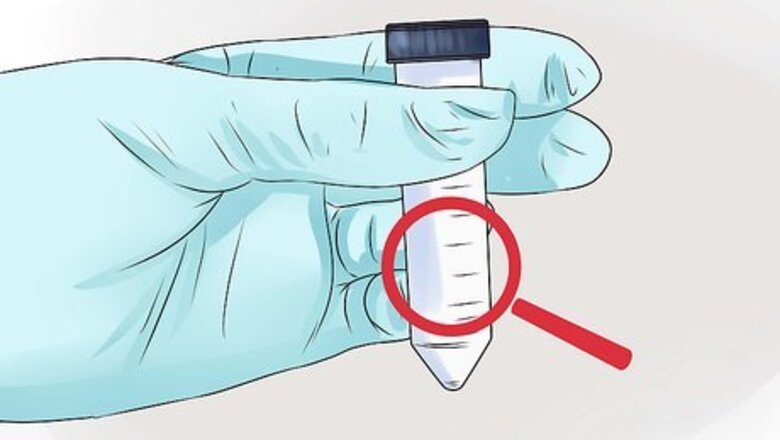
views
X
Research source
Because of these high rotation rates, centrifuges are delicate, can break easily, and can be dangerous when used improperly. Following some simple operating guidelines should prevent any injuries during their use.
Preparing and Loading Samples
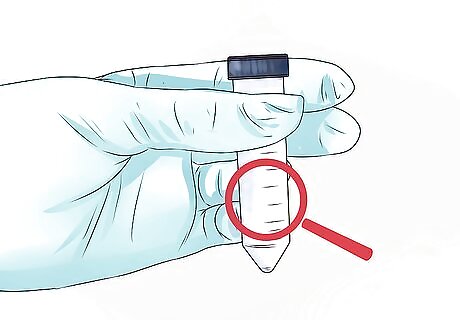
Inspect centrifuge bottles and tubes for cracks before use. Because a centrifuge can spin at such high speeds, a liquid sample can easily become an aerosol if it is not properly contained. Cracked tubes can fracture at high speeds or at the very least, leak liquid into the rotor. Discard broken or cracked tubes to prevent them from accidentally being used in the future.

Cap tubes with the proper lid. Tubes that have been specified for use with a centrifuge have a proper cap or lid that seals the tube. Using a different lid or covering such as saran wrap or foil can easily lead to spills within the centrifuge. Making an aerosol of your sample can be hazardous to your health and the environment. In addition, it can lead to loss of precious samples.

Wipe the outside of the tube with disinfectant before placing it in the centrifuge. Wiping the tube is particularly important if you are working with a biohazardous material. You want to limit any possible spills or aerosol formation of your sample. The best prevention is to wipe down the sample with a proper disinfectant before the spin begins.

Clearly label tubes for identification. You may know how you placed your tubes into the centrifuge before they started spinning, but at the end of the spin you will not be able to tell them apart. Make sure you put some sort of label on each tube so you know which sample is which. It is best to label the tube directly instead of using a sticker. A sticker can fall off during the spin making identification difficult.

Make a counterbalance for the centrifuge tube you want to put in the centrifuge. At high speeds, a centrifuge can easily become unbalanced if there aren't equal masses opposite each other in the rotor. Remember to balance the masses of the tubes, not the volumes. Weigh the tube with your sample and record the mass. Add water to a separate empty tube until the mass is the same as your sample, and label it as a balance tube. Unbalanced tubes can lead to permanent damage of the centrifuge and can be hazards if the rotor breaks free from the rest of the centrifuge. Balancing is extremely important at higher centrifugation speeds. Many centrifuges will automatically turn off if it senses an unbalanced load, but older ones may not have this feature. If the centrifuge begins to shake or wobble, it is off balance and you should stop it immediately.
Using the Centrifuge
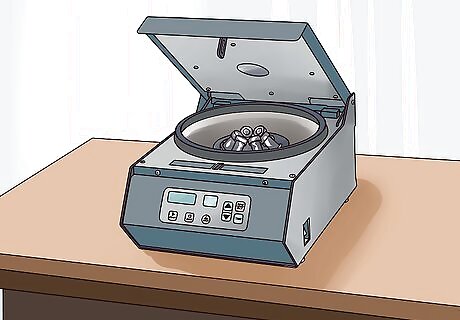
Place the centrifuge on a firm, level surface. Because of the high speeds at which the centrifuge spins, it needs to be housed on a solid, flat surface. Find a level table or counter that is secure and can properly support the weight of the centrifuge. If you notice the centrifuge sliding around or the counter underneath sagging, relocate the centrifuge to a more stable place.
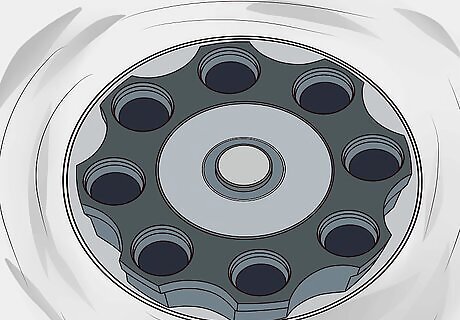
Choose the proper rotor to use at the speed you need. The rotor is the piece that spins your sample. Some rotors have arms that you can attach smaller buckets to, while other rotors are one piece that you place the tubes directly into. Rotors are designated for specific tubes and speeds. Use a rotor that fits the tubes of your sample and is within the limit of speed needed. If your samples are in the wrong type of tube, you may need to transfer them to the proper type before spinning.
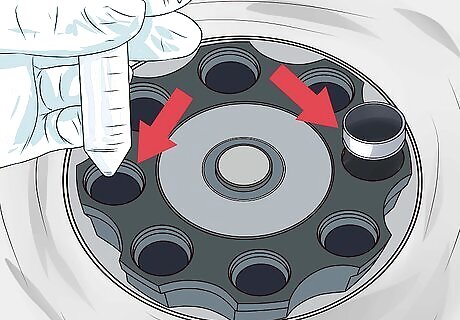
Load the tubes opposite each other in the centrifuge. If you are only spinning 1 sample, you will need to make a balance tube to load directly opposite the sample tube. If you are spinning more than 2 tubes, only the ones directly opposite each other have to be equal in mass.
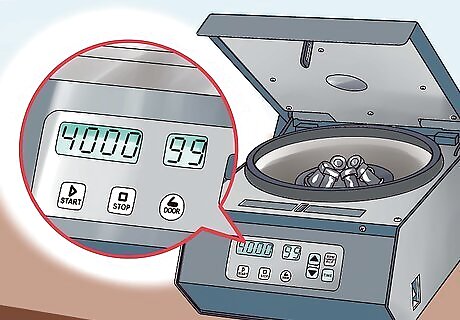
Enter the centrifugation speed. Centrifugation speed is often given in rotations per minute (rpm), or how many times the rotor completes a full rotation in one minute. Speed can also be given in relative centrifugal force (RCF) or the G-force on the rotor. Modern day centrifuges are digital and have settings for both. The speed at which you spin your samples is dependent upon what you are spinning. Do some online research if you aren't sure what speed to use.
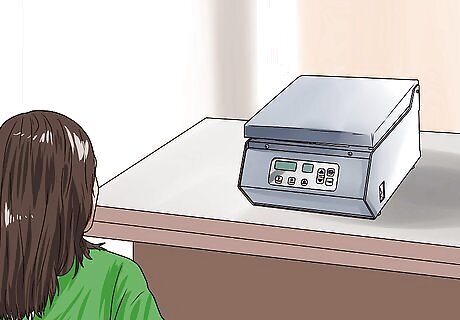
Keep a safe distance while the centrifuge is running. Bumping or moving the centrifuge during use can cause an imbalance and lead to injury. Larger centrifuges can spin at very high speeds and are extremely dangerous if they become unbalanced.

Turn off the centrifuge if it is wobbling. After starting the centrifuge, stay close until it gets up to full speed in case it needs to be turned off. When a centrifuge is off balance it may shake or wobble. This can damage the equipment and can also lead to injury in severe cases. If you cannot get to the power button, simply unplug the centrifuge. Many centrifuges will automatically turn off if it senses an unbalanced load, but older ones may not have this feature. If the centrifuge begins to shake or wobble, it is off balance and you should stop it immediately. A small amount of vibration is normal, but excessive wobbling is dangerous. If your samples are balanced and the wobble still occurs, stop using the centrifuge and call for maintenance.
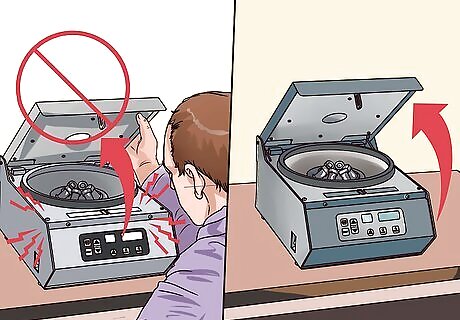
Open the lid only after the rotor has completely stopped. Many modern centrifuges have a lock on them that will not unlock until the rotor has come to a stop. Older centrifuges may not have this feature so make sure the rotor is no longer moving before opening the lid. Do not touch the rotors while they are moving. Keep power cords away from the ground to avoid trip hazards that could move the centrifuge.
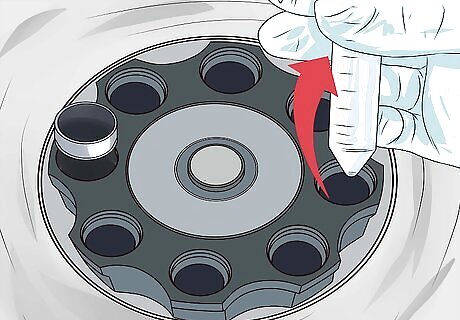
Remove the tubes carefully after the centrifuge has completely stopped spinning. You want to gently remove the tubes so that the separated suspensions do not mix again. You also want to check to see if any of the samples have leaked or tubes have broken. If a spill occurs, clean the rotor and buckets immediately.
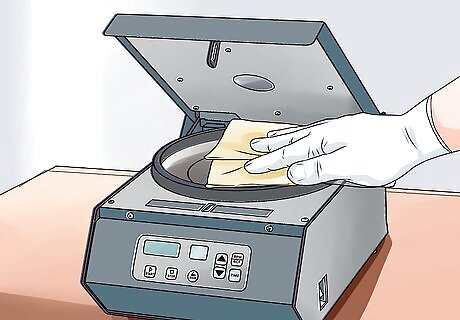
Wipe down the rotor and centrifuge after each use. To keep the centrifuge clean and running smoothly, lightly clean the rotor and wipe down the centrifuge at the end of a run. When you are finished, leave the lid open so it can air out and remain dry.












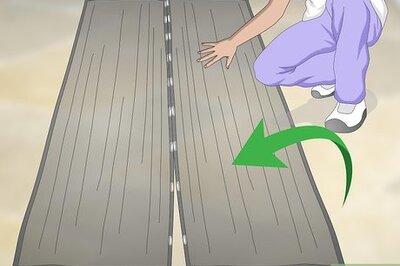







Comments
0 comment